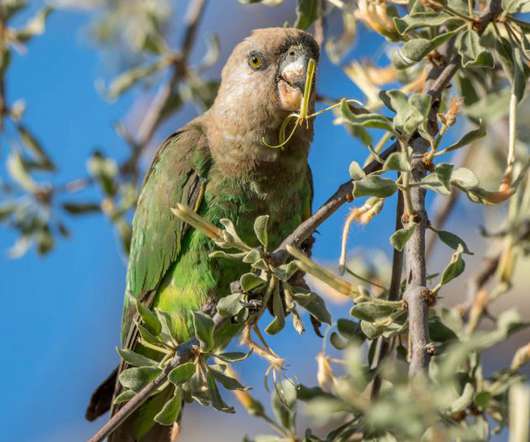Questionable Practices at the Calgary Zoo
Critter News
DECEMBER 12, 2009
The Calgary Zoo is again under scrutiny as details emerged Friday about how a capybara, a species of giant South American rodent, died after becoming caught in a hydraulic door last weekend as it was being moved from one area to another. In April 2009, unseasonably cold weather froze two whopping crane eggs.












Let's personalize your content